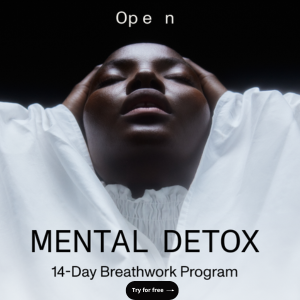This is an excerpt from Paolo Coluzzi’s latest book, ‘Hippie Manifesto’, which has been recently published and can be purchased on Amazon.
This book is a hippie manifesto, a summary of what this countercultural group was like and believed in. Hippiedom as a mass movement died out in the 1970s, but there are still quite a few hippies around. However, most people nowadays, particularly young people, may not know much about them. Or they may just have a vague idea based on stereotypes, such as lazy ‘longhairs’ addicted to all sorts of drugs. This book simply tries to explain what the hippies, the ‘core’ hippies at least, were like, what they did and what they thought, based partly on the author’s experience as a ‘second generation’ hippie.
The book is a short manifesto of hippiedom, presenting and describing all the main features and ideas that characterized the hippies, from their look (and that of their vehicles and concert posters), to their ethos and philosophy of life, with many references to similar countercultural groups of the past, in ancient Greece and Italy (the Cynics and Epicureans) and in China (the early Taoists). All the main beliefs of the hippies are analyzed, including love, peace, happiness in the here and now, freedom, spirituality, doubting and questioning everything. There is also a section on the ‘hippie trail’ and a more autobiographical one on my hippie experiences and the many ‘hippies’ I have met. The book also includes sections on hippie music, hippie books, hippie films, hippiedom on the Internet, the hippies today, and a short note on hippie language.
What follows is an excerpt from the section on spirituality in Chapter 4 (The central features of the hippie ethos):
“As already explained, many hippies felt attracted by Asian religions and spirituality, even though some tried to put into practice the original message and lifestyle of Jesus Christ, practice Sufism, or follow animist beliefs. Some hippies just mixed some of these philosophies / religions, as purism and orthodoxy are not part of hippie thinking.
Perhaps the religion, if we may call it so, most often followed by hippies was Hinduism. The term ‘Hinduism’ was invented by the British to include all the religious strands, schools and sects found in India which were not Buddhism (which was alive and mainstream only in Sri Lanka and some northern Indian regions like Ladakh or Sikkim), Jainism or Sikhism. Many of these schools are actually very different one from the other, sometimes as different as Buddhism is from some Hindu schools; sometimes as different as Christianity can be from Islam! On the other hand, all these religions, including Buddhism, Jainism and Sikhism, have features in common.
What all these Dharmic religions share is a belief in rebirth and the final purpose of spiritual practice: liberation from this cycle of reincarnation and becoming one with the universal soul, whatever that may be called. Many different practices are employed to reach this state, known as Brahman in Hinduism and Nirvana / Nibbana in Buddhism. The most prominent practice is meditation. It is this idea of a divine soul, or Brahman, that mostly attracted the hippies, and more specifically the pantheistic idea that the divine, this sense of unity, is everywhere, even though we cannot ordinarily perceive it because of maya, the illusion of reality. In this view, humans are not at the centre of creation as monotheistic religions claim; they are but one part of the whole, together with all other living and even non-living things. Human beings and nature are the same; one is part of the other. To reach this state of union, many techniques are traditionally used, such as meditation, yoga, or devotional practices like those employed by the Hare Krishna, whose chanting was often heard in urban centres particularly in the 1960s and 1970s. The devotional strand of Hinduism is called bakhti; the strand based on knowledge and rational thinking (which includes meditation) is known as jnana; and the school based on doing, on devoting every single action to the Divine, is called karma. However, some hippies believed that union could also be reached through psychedelic drugs such as LSD, as Timothy Leary and Richard Alpert suggested. After being fired in 1963 by the University of Harvard where he had taught psychology because of experiments with psychedelic drugs, Richard Alpert travelled to India in 1967 to become a follower of the guru Neem Karoli Baba, and then became a guru himself once he went back to the US, taking the name of Ram Dass. From being a successful professor, rich and popular but basically miserable, he became a happy wise man.
As a matter of fact, many Indian gurus came to America and Europe to teach their philosophies. Perhaps the most well-known among them were Bhaktivedanta Swami Prabhupada, the founder of the International Society of Krishna Consciousness (Hare Krishna), Rajneesh (later called Osho), and Maharishi Mahesh Yogi, who spread Transcendental Meditation all over the Western world. When I was about twenty-six or twenty-seven, I also learned Transcendental Meditation, before I found out that Maharishi had been the Beatles’ guru. Many other gurus did not leave India, but many hippies travelled there to spend time in their ashrams…’






Read 0 comments and reply